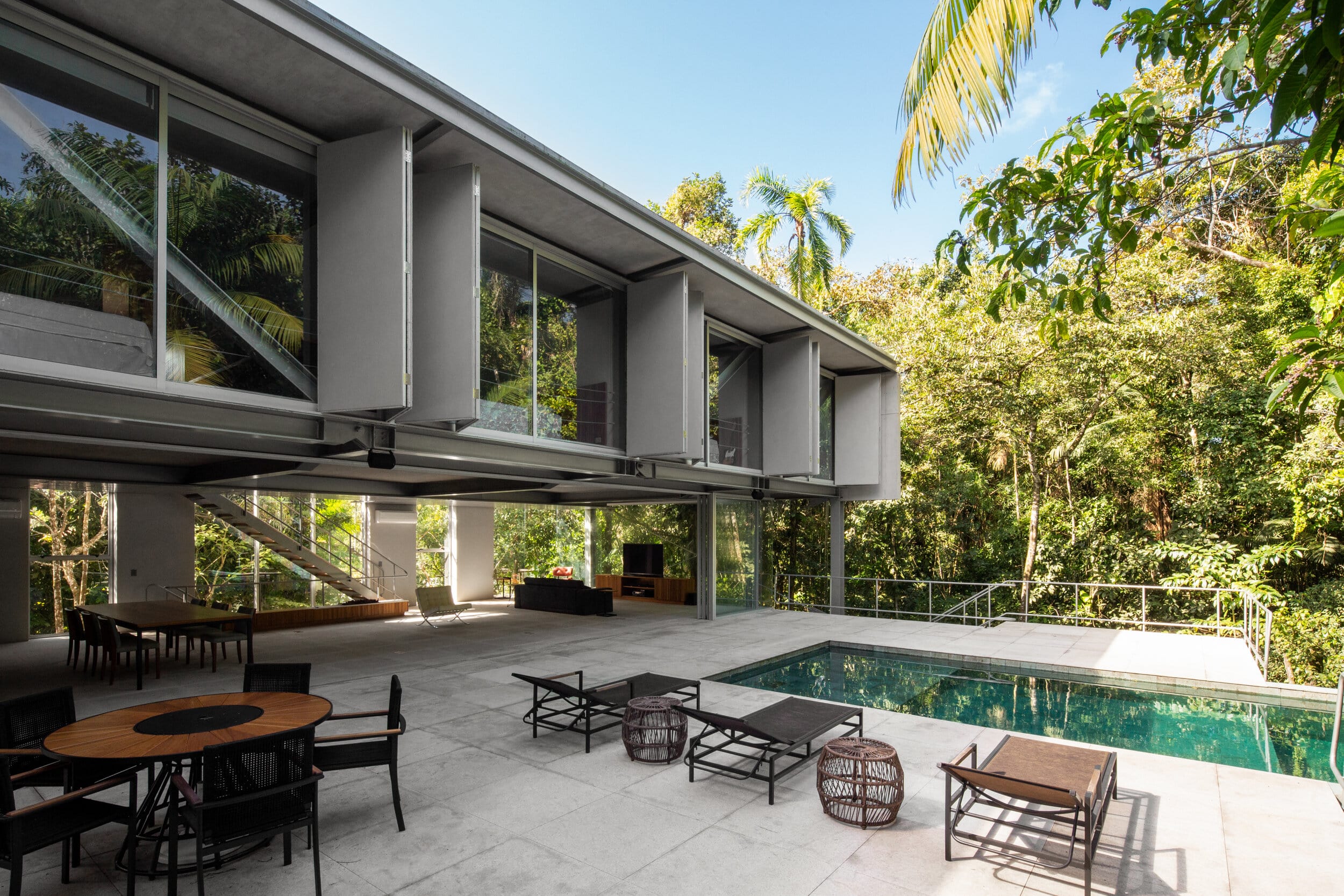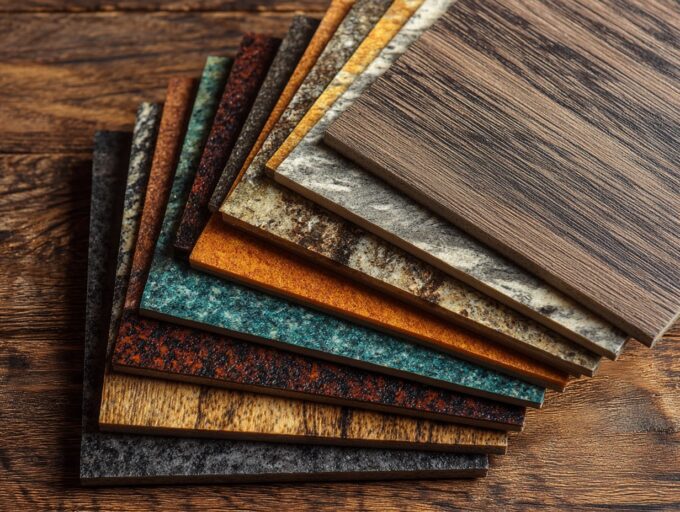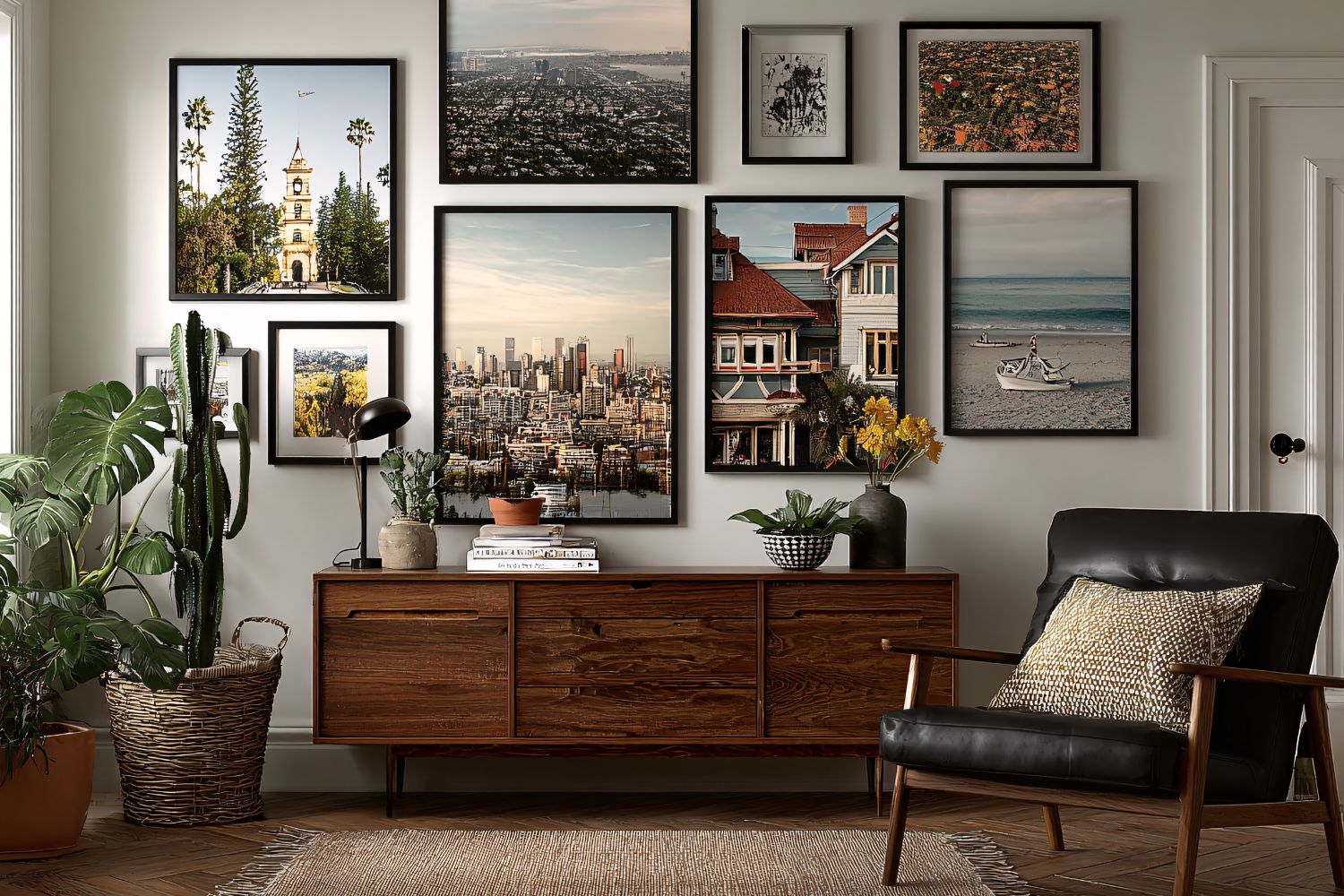- Home
- Articles
- Architectural Portfolio
- Architectral Presentation
- Inspirational Stories
- Architecture News
- Visualization
- BIM Industry
- Facade Design
- Parametric Design
- Career
- Landscape Architecture
- Construction
- Artificial Intelligence
- Sketching
- Design Softwares
- Diagrams
- Writing
- Architectural Tips
- Sustainability
- Courses
- Concept
- Technology
- History & Heritage
- Future of Architecture
- Guides & How-To
- Art & Culture
- Projects
- Interior Design
- Competitions
- Jobs
- Store
- Tools
- More
- Home
- Articles
- Architectural Portfolio
- Architectral Presentation
- Inspirational Stories
- Architecture News
- Visualization
- BIM Industry
- Facade Design
- Parametric Design
- Career
- Landscape Architecture
- Construction
- Artificial Intelligence
- Sketching
- Design Softwares
- Diagrams
- Writing
- Architectural Tips
- Sustainability
- Courses
- Concept
- Technology
- History & Heritage
- Future of Architecture
- Guides & How-To
- Art & Culture
- Projects
- Interior Design
- Competitions
- Jobs
- Store
- Tools
- More
The Psychology of Home Design: Creating a Space That Feels Right

Most people focus on aesthetics when it comes to home design—choosing the right color schemes, furniture, and décor. But these choices’ impact goes far beyond what looks good; it also affects how we feel. The psychology of home design plays a crucial role in creating spaces that are not only visually appealing but also emotionally comforting and mentally stimulating. Whether you’re renovating your home or just rearranging a few things, understanding the psychological effects of your space can help you design a home that feels right on a deeper level.
Table of Contents
ToggleThe Connection Between Space and Emotion
Home is where we spend a significant portion of our lives, so it’s no surprise that our surroundings can influence our emotions, moods, and even behavior. A space that feels disorganized, cluttered, or uncomfortable can make us feel stressed, anxious, or overwhelmed. On the other hand, a well-designed space that is calm, organized, and thoughtfully arranged can evoke feelings of peace, happiness, and contentment.
One website that dives deep into how design can influence well-being is styleofhome.com, where you’ll find tips and strategies on creating the perfect living space for both functionality and emotional wellness. Whether it’s selecting colors, choosing furniture, or arranging your rooms, the way you design your home can subtly influence your psychological state.
Understanding the psychological connection between your home environment and emotional health is key to creating a space that feels right. While there’s no one-size-fits-all approach, there are certain principles of home design that are universally known to have positive psychological effects.
The Power of Color
Color psychology is a vital tool in home design. The colors you choose for your walls, furniture, and décor can have a profound impact on your mood and energy levels. Warm colors like red, orange, and yellow tend to evoke feelings of warmth, energy, and excitement, while cooler tones like blue, green, and purple are known to create a sense of calm, relaxation, and tranquility.
For instance, blue is often used in bedrooms and bathrooms because it has a soothing, stress-relieving effect. In contrast, red is used in kitchens or dining rooms to stimulate appetite and conversation. Understanding how different colors make you feel can help you create a space that aligns with your personality and emotional needs.
Additionally, it’s important to consider the psychological effects of natural light and how it interacts with color. A room flooded with natural light can make even muted tones feel vibrant and energizing, while darker rooms with limited light might benefit from brighter, more stimulating shades to counterbalance the darkness.
The Role of Layout and Flow

The layout of your home plays a crucial role in how you experience it. Open, spacious layouts are generally seen as conducive to freedom, creativity, and relaxation, while cramped, cluttered spaces can lead to feelings of restriction, frustration, and anxiety. When designing a room, think about the flow of energy, or “chi,” as it’s known in Feng Shui. A room that allows for easy movement and accessibility tends to promote a sense of harmony.
Furniture arrangement also affects the way you interact with a room. A seating area that faces inward encourages conversation and socializing, while furniture placed around the edges of a room may create a more solitary, reserved environment. Think about how you want to feel in a room and arrange the furniture accordingly.
For example, if you’re designing a living room that you’ll use for both relaxation and social gatherings, it’s essential to consider how to strike a balance between openness and comfort. Too much space between seating can make the room feel uninviting, while too little space can feel cramped. Additionally, incorporating flexible design elements like movable furniture can allow you to adapt the space depending on the situation—whether it’s a cozy night in or a lively social event.
Biophilic Design: Connecting with Nature
Incorporating elements of nature into your home design is another effective way to enhance your well-being. This trend, known as biophilic design, draws from the idea that humans have an inherent connection to the natural world. Research has shown that spending time in nature or surrounding ourselves with natural elements, such as plants, natural wood, and water features, can reduce stress and improve mental clarity.
Adding plants to your home isn’t just about aesthetics—plants can purify the air, reduce noise, and create a calming, grounding environment. Similarly, using natural materials like wood, stone, and bamboo can evoke a sense of warmth and connection to the earth. If you’re looking for a way to make your home feel more peaceful and rejuvenating, consider integrating biophilic design principles into your décor.
Personalization: Making the Space Your Own

One of the most important aspects of home design is personalization. A space that reflects your personality, interests, and values can make you feel more comfortable, inspired, and at home. Whether it’s through artwork, family photos, or unique décor pieces, adding personal touches can create a sense of ownership and belonging in your environment.
Your home should tell the story of who you are and what matters to you. If you love travel, incorporating souvenirs or maps into your design can make your home feel more connected to your life experiences. If you’re passionate about art, displaying your favorite pieces can make your space feel more reflective of your creativity. Personalizing your home not only enhances your emotional connection to the space but also adds an element of authenticity that is difficult to achieve through generic, mass-produced décor.
The Importance of Decluttering
In today’s fast-paced world, it’s easy for homes to accumulate clutter, which can contribute to feelings of stress and overwhelm. Studies have shown that cluttered environments can lead to higher levels of cortisol (the stress hormone), making it difficult to relax and concentrate.
Incorporating storage solutions to keep your home organized and free of unnecessary items can drastically improve the overall mood of your space. A clutter-free environment promotes a sense of clarity, focus, and peace. Moreover, when every item in your home has a designated place, it can also make the daily task of tidying up much easier, leading to a more harmonious living experience.
Conclusion
The psychology of home design is a fascinating and deeply impactful field, with the potential to transform not just the way your space looks, but how it makes you feel. By carefully considering elements like color, layout, natural materials, personalization, and decluttering, you can create an environment that supports your emotional health and well-being. Remember, your home should be more than just a place to live— it should be a place that feels right. With a little thought and intention, your space can become a sanctuary that nurtures your mind, body, and spirit.
For more inspiration and tips on home design, check out styleofhome.com to discover how you can create a space that perfectly aligns with your personal style and psychological needs.
illustrarch is your daily dose of architecture. Leading community designed for all lovers of illustration and #drawing.
Submit your architectural projects
Follow these steps for submission your project. Submission FormLatest Posts
Modern American Homes: Interior Design Trends to Watch in 2026
Interior design in the United States is evolving toward warmer, more adaptable,...
10 Popular Interior Design Styles in the USA
Interior design in the USA reflects a wide range of lifestyles, cultural...
How to Create a Timeless Living Room: Principles, Ideas, and Inspiration
The living room stands as the heart of every home—a gathering place...
Unlocking Home Curb Appeal: Transform Your Entryway with Expert Solutions
Your home’s entryway is more than just a door—it’s the first impression...












Leave a comment